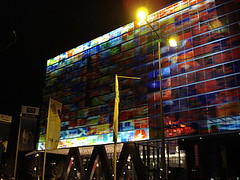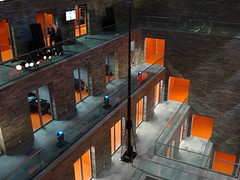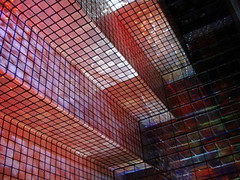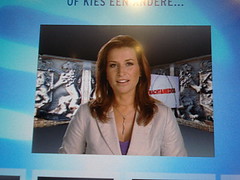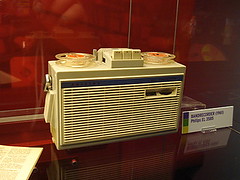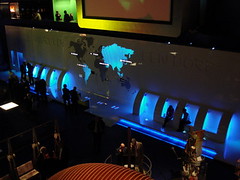
This recorder comes from the manufacturer of Zoom in Tokyo Japan. Don't bother trying to correspond with them, they simply refer you to dealers. In the Europe, that has proved to be disappointing, although detailed photos and the complete
manual are up on the
Samson site, who distribute Zoom products in the USA.
It is on sale in the US for US$299, which makes it cheaper than some microphones out there. In the US, a wall outlet power supply, camera stand mount, 128MB SD card are standard issue with the unit. That flash memory card will only give you about 12 minutes of recording time using the .wav file format. A 2 GB SD card should give about 200 minutes (3 hrs, 20 min) of std .wav record time although there is no mention of write speed for the SD memory is given.
Phantom Power is available at either 24V or 48V for external micrphones that need it. No hum or noise was noticed when using the phantom supply for the external microphones. Mic levels can be set via slide switches on the side of the H4 and finely adjusted in the input menu options.
The device also has a 4-track mode, but that has not yet been explored. Quality of the internal microphones is fine for interview work. The case is plastic (what do you expect for 299?) and the menu's take some getting used to. A better job than the M-audio, not as robust as the HHB Flash Microphone (but then it is 1/3rd of the price).





